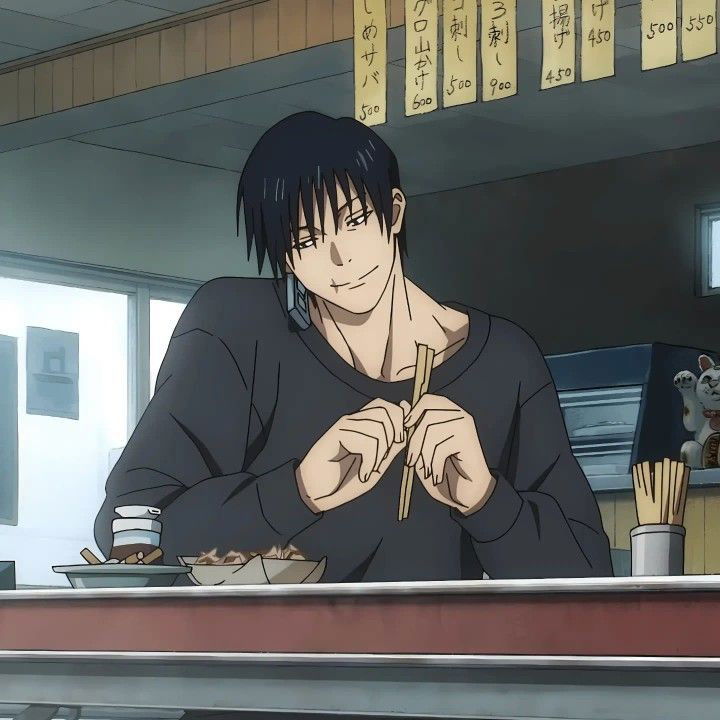While each dandere character possesses unique quirks, several core characteristics universally define this archetype: The most immediate and apparent trait of a dandere is their shyness. They are often "shy, timid, or sometimes aloof and quiet." This manifests as: * Minimal Communication: Danderes tend to speak very little by their own volition, sometimes spending an entire day without initiating a significant conversation. They may even avoid social interactions, such as quickly leaving a room when the bell rings. * Social Anxiety and Apprehension: Their quietness often stems from anxiety, a fear of saying something foolish, or a general insecurity about themselves. They may appear distant or uninterested, but this is usually a protective mechanism rather than true disinterest. * Difficulty with Eye Contact: Direct eye contact can be particularly challenging for danderes, often leading them to look down or away during conversations. This is a common manifestation of their discomfort in social situations. * Stuttering or Soft Voices: When they do speak, especially in unfamiliar or high-pressure situations, their words might be soft, hesitant, or punctuated by stutters. This isn't a speech impediment but a physical manifestation of their nervousness. Beneath their quiet exterior lies a deeply kind, gentle, and affectionate personality. This is the "dere" part of dandere. * Genuine Desire for Connection: Despite their shyness, danderes often secretly long for love and friendship. They are not necessarily anti-social by preference but are held back by their apprehension. * Opening Up to Trust: This affectionate side is usually reserved for a select few—most notably, their love interest or individuals with whom they build a deep, trusting bond. Once they feel truly comfortable and safe, their true, warm personality emerges, leading to moments of profound tenderness and expressiveness. * Loyalty and Devotion: When a dandere opens up, they tend to be incredibly loyal and devoted. Their affection, once earned, is a powerful and steadfast force. Characters like Hinata Hyuga from Naruto are quintessential examples, her quiet devotion to Naruto Uzumaki being a hallmark of her character. A defining aspect of the dandere archetype is their character development. The narrative often follows their journey from extreme shyness to gradually becoming more confident and self-assured. * Overcoming Barriers: This growth isn't always linear, but involves overcoming personal insecurities, fear of judgment, and social awkwardness. * Catalyst for Change: Often, a compassionate and understanding individual (frequently the love interest) acts as a catalyst, providing the patience and encouragement needed for the dandere to break out of their shell. * Internal Strength: While outwardly timid, danderes often possess surprising inner strength and determination, particularly when it comes to protecting or supporting those they care about. Hinata's unwavering resolve for Naruto is a prime example of this hidden fortitude.


